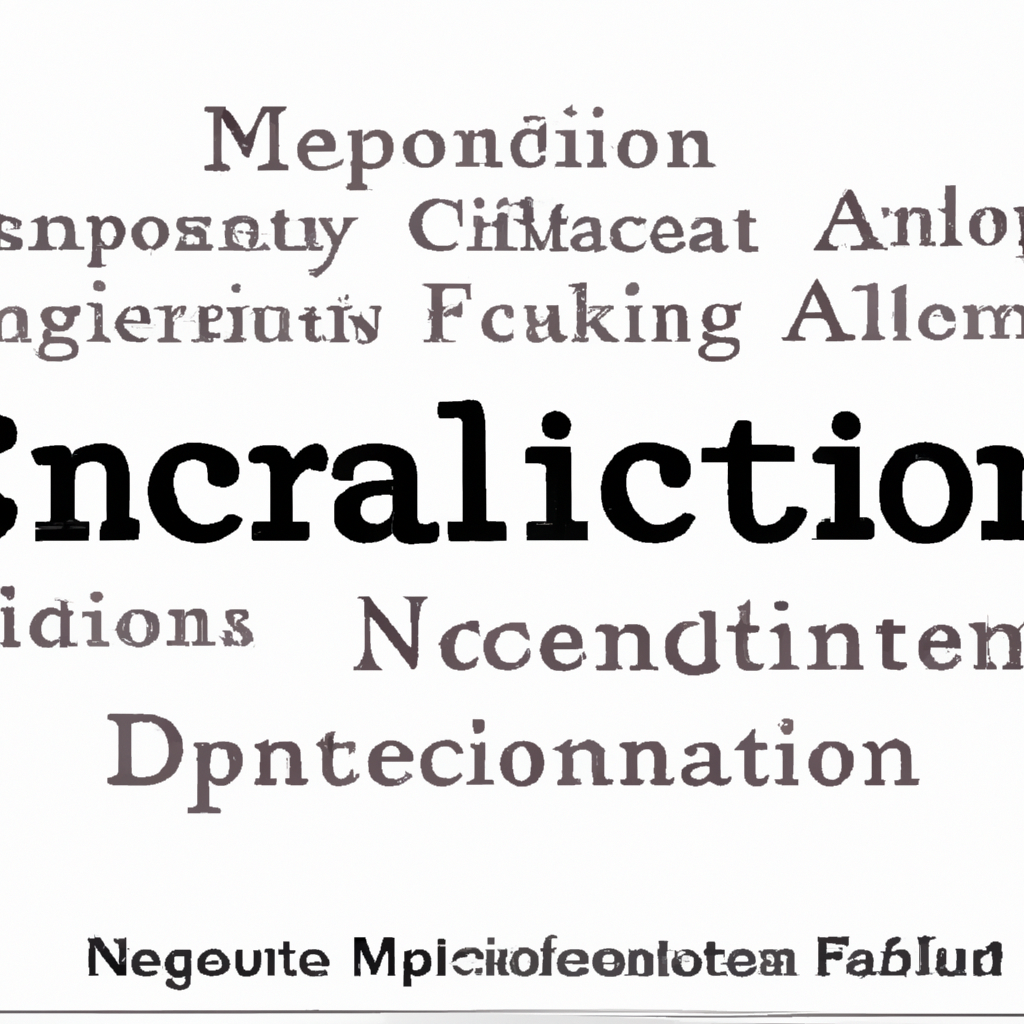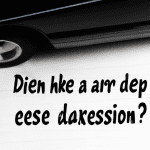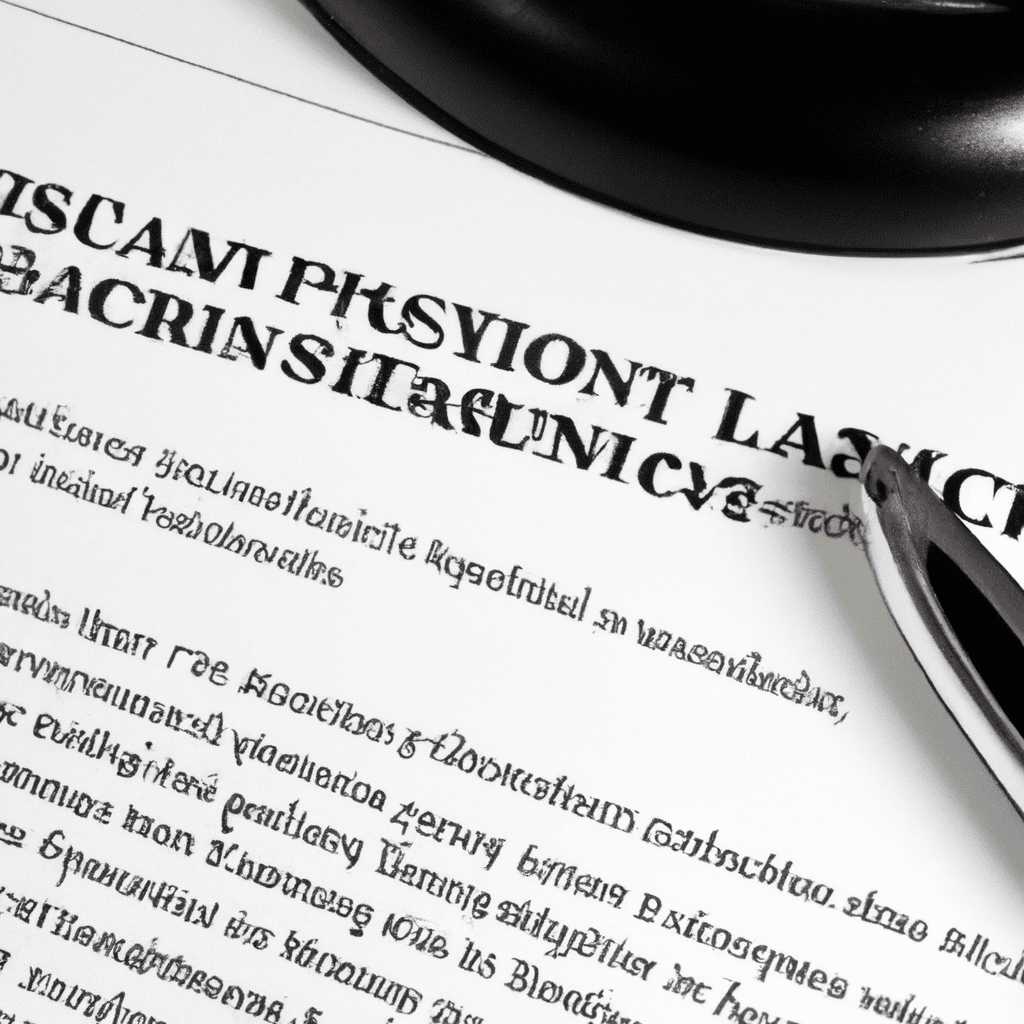What is the Difference Between
Starting a conversation about Intentional Infliction of Emotional Distress (IIED) and Negligent Infliction of Emotional Distress (NIED) in California can be a daunting process, but understanding the basics is not as complicated as it may seem at first. Both IIED and NIED revolve around a person or party who, through
What is the Difference Between their negligence or intentional action, causes a plaintiff to experience emotional harm. In California, the two terms are separate legal entities that are addressed differently by the law. In this article, we will explore the causes, differences, and characteristics of the two types of distress, so that readers can gain insight into
their legal rights and options. [[1](https://maisonlaw.com/personal-injury/negligent-infliction/), [2](https://www.cmalaw.net/negligent-infliction-of-emotional-distress.html), [3](https://www.shouselaw.com/ca/personal-injury/negligent-infliction-of-emotional-distress/)]

Table of Contents
- 1. Overview of Intentional and Negligent Infliction of Emotional Distress in California
- 2. Comparative Analysis of IIED and NIED
- 3. Precedent Examples of IIED and NIED Cases in California
- 4. Legal Outcomes of Litigating for IIED and NIED in California
- Q&A
1. Overview of Intentional and Negligent Infliction of Emotional Distress in California
Intentional Infliction of Emotional Distress (IIED) in California
California recognizes four general categories of IIED claims: threat, assault, false imprisonment, and intentional infliction of emotional distress, the latter of which does not require physical contact. In a traditional IIED action, the plaintiff must not
What is the Difference Between only show that defendant’s conduct has met the “outrageous conduct” standard, but also that it has resulted in “severe emotional distress”. The Supreme Court of California has held that the plaintiff may prove “outrageous conduct” based on “either intentional wrong or a breach of a legal duty that caused emotional distress”.[[1](https://www.canlii.org/en/commentary/doc/2021CanLIIDocs1859)]
A claim for negligence infliction of emotional distress (NIED) differs in that the plaintiff must plausibly establish that an objectively reasonable person in the same position would experience emotional distress when faced with defendant’s
negligence. In a NIED claim, the plaintiff must not only establish proximate cause, but must also prove that the breach of the duty of reasonable care caused the foreseeable emotional distress.[[2](http://www.averett.edu/wp-content/uploads/2016-17updatedcopyofcatalog122716.pdf)]
A recovery for intentional or negligent infliction of emotional distress is subject to constitutional limits, which may limit a plaintiff’s ability to seek damages in such cases.[[3](https://digitalcommons.du.edu/cgi/viewcontent.cgi?article=1651&context=dlr)]
-
- In order to prove an IIED claim, the plaintiff must show that defendant’s conduct was “outrageous” and would cause “severe emotional distress”.
-
- In an NIED claim, in addition to proving proximate cause, the plaintiff must demonstrate that the defendant’s negligent breach of a duty of reasonable care caused the emotional distress.
- In some instances, there may be constitutional limits that limit a plaintiff’s ability to seek damages in intentional or negligent infliction of emotional distress claims.

2. Comparative Analysis of IIED and NIED
Negligent Infliction of Emotional Distress (NIED) is a type of tort that allows individuals in certain cases to seek compensation for damages resulting from mental or emotional anguish that has arisen from a third party’s negligent
\conduct. In contrast, Intentional Infliction of Emotional Distress (IIED) is a distinct tort that allows plaintiffs to sue for damages resulting from extreme or outrageous intentional conduct perpetrated by the defendant. The difference between the two forms of emotional distress lies in both the cause of action and the legal elements required to establish liability.
To successfully bring a case for NIED, the plaintiff must show a duty of care, a breach of duty, a causation between the breach and the emotional distress, and actual damages. For an IIED claim, the plaintiff must prove that the
What is the Difference Between defendant’s conduct was intentional or reckless, that it was extreme and outrageous, that the emotional distress suffered was severe, and that the resulting distress was caused by the defendant’s actions. Unlike in NIED cases, the broad standard for what constitutes “outrageous” behavior offers protection against potentially oppressive litigation under IIED torts.
- Conduct in an IIED case must be so outrageous that an average person would be highly offended by it.
- NIED cases are about negligence, so the defendant must have acted with some degree of negligence.
- The ultimate legal burden in an IIED case lies with the plaintiff to prove that the severity of their distress was actually caused by the defendant’s misconduct.
3. Precedent Examples of IIED and NIED Cases in California
Intentional Infliction of Emotional Distress Cases (IIED)
- Bobrick Washroom Equipment, Inc. v Scranton Products, Inc.
[[3](https://casetext.com/brief/bobrick-washroom-equipment-inc-v-scranton-products-inc_reply-brief-re-motion-to-dismiss-with-prejudice-defendant-and-counterclaim)]. This case serves as an example of how IIED suits often arise due to an agreement that one of the parties has breached, thus leading to an emotional response from the other. In this instance, Bobrick Washroom Equipment, Inc. filed a complaint against Scranton Products, Inc. alleging breach of contract and IIED. - Speech, Silence, and Structure
[[2](https://academiccommons.columbia.edu/doi/10.7916/d8-qmqq-mw44/download)]. This case outlines the notion that the First Amendment can be used to pursue IIED claims if it is determined that the act sought to be punished is of ‘public concern’. In this scenario, a plaintiff alleged that the defendant had inflicted emotional distress over an issue of public concern.
Negligent Infliction of Emotional Distress Cases (NIED)
- Tort Law: A 21stCentury Approach
[[1](https://www.cali.org/sites/default/files/Tort-Law-A-21st-Century-Approach-PDF-cover.pdf)]. This case examines the fact that NIED claims are often difficult to prove since there must be a recognizable relationship between the offender - and the victim, or else a proximity to any event that could have caused an emotional response. In this case, the plaintiff alleged that the defendant had failed to recognize this relationship, thus leading to their NIED claim.
4. Legal Outcomes of Litigating for IIED and NIED in California
Cases for Intentional Infliction of Emotional Distress (IIED) and Negligent Infliction of Emotional Distress (NIED)
- The plaintiff must prove that the defendant’s actions were outrageous or extreme.[[1](https://injury.arnoldsmithlaw.com/intentional-infliction-of-emotional-distress.html)]
- The defendant must have acted intentionally or recklessly[[1](https://injury.arnoldsmithlaw.com/intentional-infliction-of-emotional-distress.html)]
- The defendant’s actions must have caused the plaintiff’s mental distress[[1](https://injury.arnoldsmithlaw.com/intentional-infliction-of-emotional-distress.html)],
- The plaintiff must have suffered severe emotional distress[[1](https://injury.arnoldsmithlaw.com/intentional-infliction-of-emotional-distress.html)]
<
Output of Litigation for IIED and NIED in California
- Injury damages are recoverable in cases involving IIED[[1](https://injury.arnoldsmithlaw.com/intentional-infliction-of-emotional-distress.html)].
- It is more difficult to plead an IIED claim in the context of adverse employment actions as compared to claims under the California Fair Employment and Housing Act (FEHA)[[2](https://www.advocatemagazine.com/article/2018-may/intentional-infliction-of-emotional-distress-in-employment)].
- Under California law, IIED and NIED claims are not preempted by the California Workers’ Compensation statute [[3](https://www.govinfo.gov/content/pkg/USCOURTS-caed-2_06-cv-02773/pdf/USCOURTS-caed-2_06-cv-02773-0.pdf)] when the claims are based on wrongful conduct which is separate and distinct from the employer’s obligations.
- Restitution payments are also possible for victims of IIED and NIED in California.[[3](https://www.govinfo.gov/content/pkg/USCOURTS-caed-2_06-cv-02773/pdf/USCOURTS-caed-2_06-cv-02773-0.pdf)]
Q&A
Q: What is the difference between Intentional Infliction of Emotional Distress (IIED) and Negligent Infliction of Emotional Distress (NIED) in California?
A: The main difference between intentional infliction of emotional distress (IIED) and negligent infliction of emotional distress (NIED) in California is that IIED
What is the Difference Between requires the infliction of emotional distress to be intentional or outrageous, whereas NIED requires the infliction of emotional distress to be caused by careless or negligent behavior. In other words, while IIED is the result of willful, outrageous conduct, NIED is the result of careless mistakes or omissions. [[1](https://valientemott.com/legal-terminology/intentional-infliction-of-emotional-
distress/)] For instance, in California, the tort of intentional infliction of emotional distress lies when the actor “by extreme and outrageous conduct intentionally or recklessly causes severe emotional distress. [[2] What is the Difference Between(https://repository.law.umich.edu/cgi/viewcontent.cgi?article=2916&context=mlr)]. On the other hand, NIED is part of a negligence case, where the injured party must prove that the defendant negligently caused emotional distress through improper or inadequate conduct. [[3](https://www.mcnicholaslaw.com/is-emotional-distress-a-personal-injury-in-california/)]
The differences between intentional infliction of emotional distress (IIED) and negligent infliction of emotional distress (NIED) in California are clear. Intentional infliction of emotional distress is the result of a deliberate action taken with the knowledge, or reasonable knowledge, of the resulting distress. Negligent What is the Difference Between
infliction of distress occurs when a defendant’s actions cause foreseeable emotional harm due to careless or negligent behavior. In either instance, a victim may be able to sue for damages. To learn more about intentional and negligent infliction of emotional distress in California, contact the California Anti-SLAPP
Project [[1](https://www.casp.net/sued-for-freedom-of-speech-california/is-my-defamation-libel-slander-internet-speech-lawsuit-a-slapp/intentional-or-negligent-infliction-of-emotional-distress/)]. With a better understanding of IIED and NIED, Californians can ensure their rights are respected and address any concerns that may arise. oklahoma personal injury lawyer
oklahoma personal injury law




